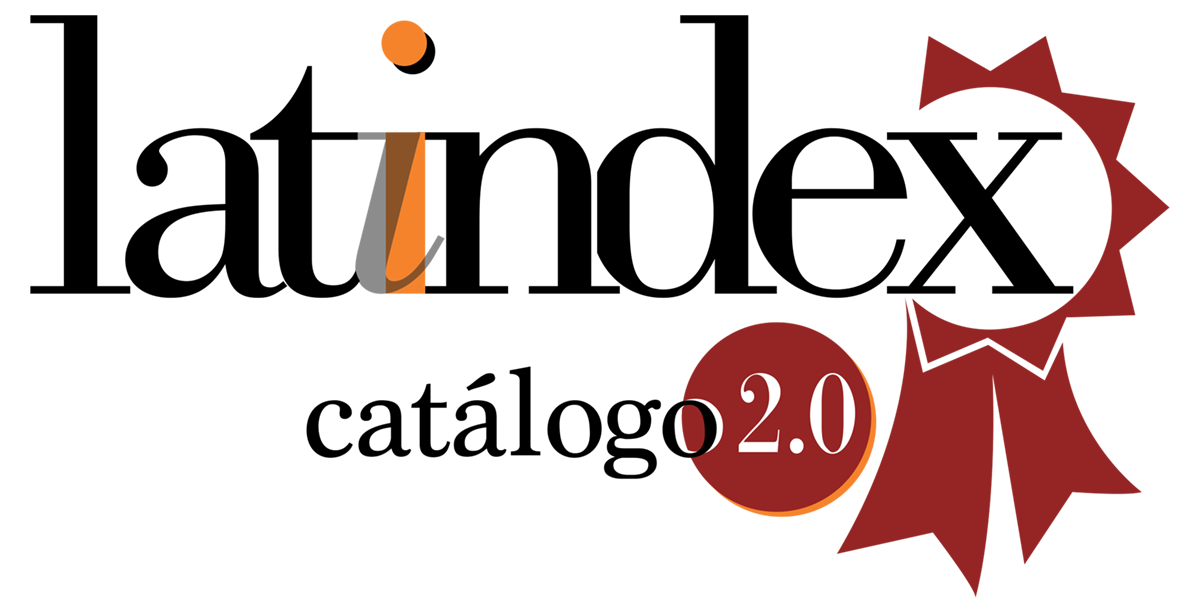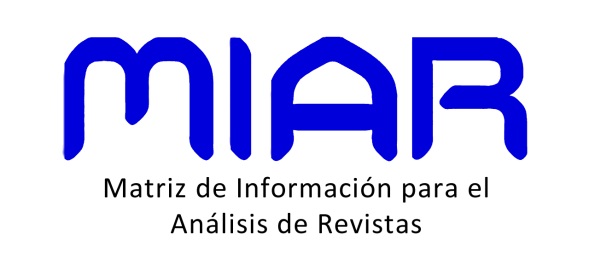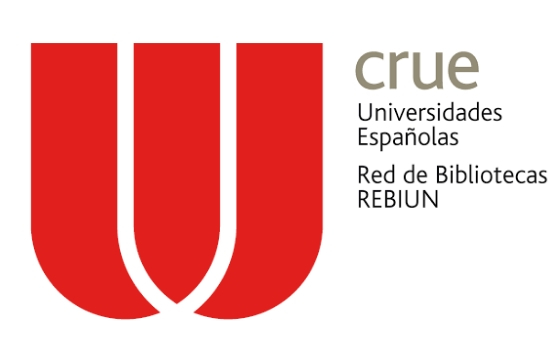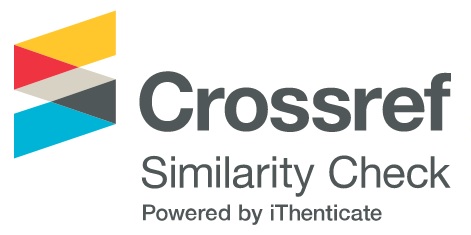Effect of the vegetation type in the space between rows of pear trees on the abundance of plant-feeding nematodes
Keywords:
nematodes, fruit crops, weeds, biodiversityAbstract
Fruit production of the Río Negro and Neuquén Upper Valley, Argentina, represents an important source of income due to high export levels. Plant parasitic nematodes are among the agents that can affect pear trees particularly in the presence of diverse host weeds. The aim was to study the abundance of plant parasitic nematodes in a pear orchard in two positions: a) space between rows of pear trees with three different soil coverage: spontaneous vegetation (VE), Medicago sativa+grasses (MG) and Festuca arundinacea (Fe) and b) space between plants without vegetation due to herbicide application, in two growing seasons 2012/2013 and 2013/2014. Also, soil analysis included organic matter content, exchangeable potassium and dry matter values. The lower number of nematodes was recorded in the space between pear plants free of weeds. The records of endoparasite nematodes were higher in the space between rows with VE (15.3%) compared to the others (4%). Nematode abundance was higher for c-p2 group than c-p3 group, consistent with soil disturbed by fertilization and herbicide application. The Simpson diversity index (nematodes) was higher in VE suggesting greater suitability for nematodes due to higher host diversity. The index of plant parasitic nematodes did not differ between spaces between rows. Organic matter content (4%), exchangeable potassium content (1.85 cmolc kg-1) and dry matter (14.3 t ha-1) were highest in MG.
Downloads
Metrics
References
Downloads
Published
How to Cite
Issue
Section
License
A partir de 2019 (Vol. 118 número 2) los artículos se publicarán en la revista bajo una licencia Creative Commons Atribución- NoComercial-CompartirIgual 4.0 Internacional (CC BY-NC-SA 4.0)
Acorde a estos términos, el material se puede compartir (copiar y redistribuir en cualquier medio o formato) y adaptar (remezclar, transformar y crear a partir del material otra obra), siempre que a) se cite la autoría y la fuente original de su publicación (revista y URL de la obra), b) no se use para fines comerciales y c) se mantengan los mismos términos de la licencia.
Previo a esta fecha los artículos se publicaron en la revista bajo una licencia Creative Commons Atribución (CC BY)
En ambos casos, la aceptación de los originales por parte de la revista implica la cesión no exclusiva de los derechos patrimoniales de los/as autores/as en favor del editor, quien permite la reutilización, luego de su edición (posprint), bajo la licencia que corresponda según la edición.
Tal cesión supone, por un lado, que luego de su edición (posprint) en Revista de la Facultad de Agronomía las/os autoras/es pueden publicar su trabajo en cualquier idioma, medio y formato (en tales casos, se solicita que se consigne que el material fue publicado originalmente en esta revista); por otro, la autorización de los/as autores/as para que el trabajo sea cosechado por SEDICI, el repositorio institucional de la Universidad Nacional de La Plata, y sea difundido en las bases de datos que el equipo editorial considere adecuadas para incrementar la visibilidad de la publicación y de sus autores/as.
Asimismo, la revista incentiva a las/os autoras/es para que luego de su publicación en Revista de la Facultad de Agronomía depositen sus producciones en otros repositorios institucionales y temáticos, bajo el principio de que ofrecer a la sociedad la producción científica y académica sin restricciones contribuye a un mayor intercambio del conocimiento global.






























